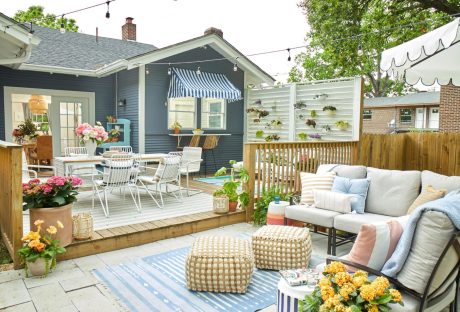Moving overseas can be incredibly stressful, to say the least. The last thing that you want is to make a lot of mistakes along the way. If you want to make sure that you are making the most out of every bit of money you have, then this guide will really help you out.
Lack of Research
Research is paramount if you want to relocate abroad. It’s a huge decision so you have to make sure that you know everything there is to know about your location and the things that there are to do there. You also need to know which items you can and cannot take with you. Some countries stop you from being able to bring certain items with you, which can include food or even alcohol. It’s also helpful to think about how you are going to move your belongings. An international moving firm can help you out a lot here, so make sure that you keep that in mind.

Poor Organisation
Poor organization is another mistake that so many people make. As soon as you know where you are going to move and when you then need to start organizing things. You need to think about what belongings you have, what you are going to take with you, and what you plan on leaving behind. The sooner you do this, the better. If you do, then you will be far less inclined to make even more mistakes and you may even find that you are able to relax more leading up to the big day. Now would also be the time for you to look into your overseas pension or pensions for expats, if you know that you are going to be retiring abroad.
You may well have planned your move way ahead of time, but
Time Management
you’d be surprised at how quickly the moving date creeps up on you. It’s vital that you do your research and that you manage the time you have effectively. It helps to get things done early and never leave tasks until the last minute if there is a chance that they can be done way earlier. When you have arrived, you would be surprised at how long things will take.
Not Packing Properly
If you are sending a huge amount of stuff through a removal company then there’s a high chance that you will get there before your stuff does. For this reason, you have to make sure that you factor things like this into your packaging. Your suitcase should be full of your everyday clothes as well as things such as toiletries. If you want to be safe, take enough clothes to last you a few weeks. If you do this then you are covered if you are ever delayed. In addition to this, you have to make sure that you pack as sensibly as possible. If you are moving somewhere you know is hot, you won’t need jumpers in your suitcase, but you may need to put some sunscreen in there so you can cool your skin down and protect yourself from harmful UV rays.
Read Also:






















